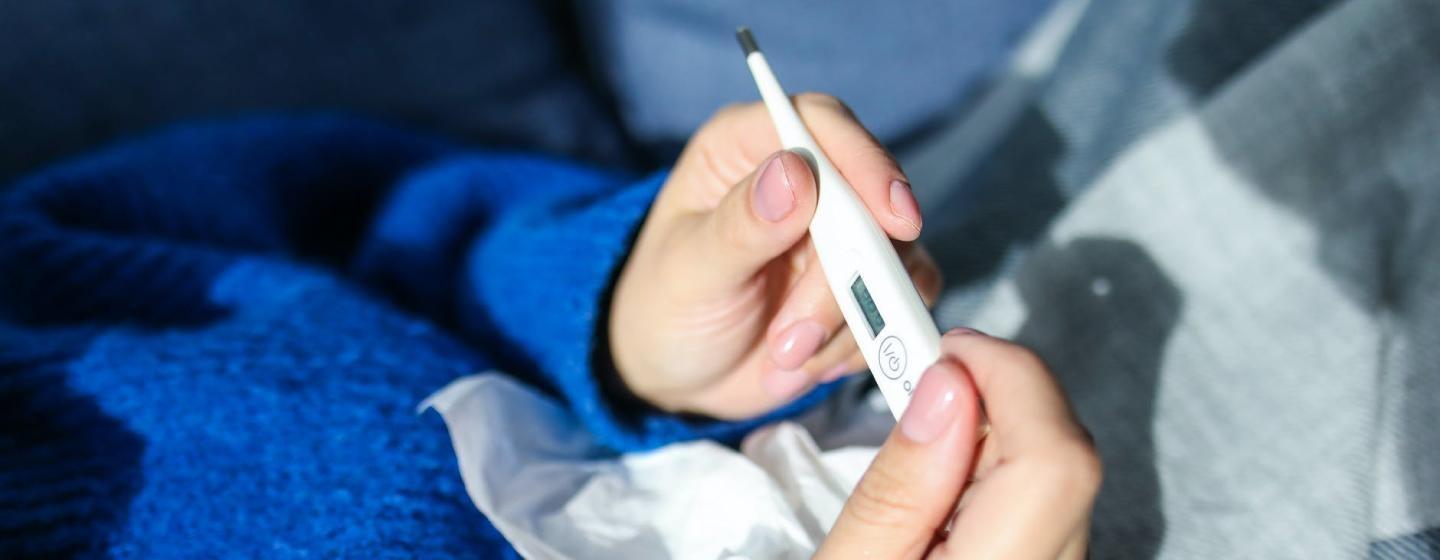On March 18th, due to the coronavirus outbreak, New York passed an emergency provision providing sick leave for workers. But when the budget was passed on April 3rd, that sick leave was made permanent. Effective September 30th, workers will begin to accrue one hour of protected sick leave time for every thirty hours they work. They can begin using it on January 1st, 2021.
Blue Carreker of Citizen Action of NY, who has been advocating for paid sick leave for workers for many years, is sorry that it has taken a pandemic to do so, but she believes it has made the argument that protected sick leave is absolutely necessary. People being able to stay home from work when they are sick, she says, is “good for the employee, good for the employer, good for the community at large, good for our society.” And she believes people will use it sparingly because people know when they are sick and they know when they need to use time away. Studies from the eleven states that had mandatory sick leave for workers, she says, before New York became the twelfth, showed that there is no evidence of abuse or misuse of paid sick time.
Although this idea has finally come to fruition in New York, historian Maria Montoya from New York University says that these are ideas that have been in the public consciousness for decades. The Federal government understood as early as the New Deal in 1930s that it was its responsibility to ensure the safety and health of citizen workers. And hearing it come from the top, she said, made it an acceptable conversation to have in the mainstream. This idea continued to evolve and the potential benefit of it reached its most effective expression in Lyndon Johnson’s “Great Society.” Although, Montoya says, these were “benefits that mostly went to individuals and families… the idea is by strengthening individuals and families with these kinds of benefits, that you would uplift all of society, that this would have greater benefit to the U.S. as a whole.”
However, many workers can be left out of these benefits.
Rossana Coto-Batres of the Northeast New York Coalition of Occupational Safety and Health represents workers who, up to now, have been unable to stay home from work when they are sick because, she says, they are some of the most vulnerable workers. And they can be vulnerable for many reasons: they are low-wage, part-time or even temporary workers who generally don’t qualify for such benefits, they work more than one job to make ends meet or they are part of the growing population of “gig workers” who don’t qualify for benefits either, as they are seen as independent contractors more than employees.
Many of the people in low paying-jobs that are now considered essential workers, Coto-Batres says, are often African-American, Latino or other minority workers in service positions, like janitors and delivery workers. The coronavirus has shown that inequalities in health care have made these populations the most vulnerable to the virus, emphasizing the necessity of allowing especially essential workers access to protected, compensated sick time.
For small businesses, though, these changes in the law may be coming on too fast and too soon. Ashley Ranslow, Assistant State Director of the National Federation of Independent Business, says that small businesses would need to begin using specialized software to track the buildup of that time for workers, or employ a payroll company to do it for them. This is just one of the compliance issues that small businesses will immediately have to adjust to when they come out of what she called “true, economic carnage,” if they are able to come out of it all.
Ranslow says that studies conducted by the NFIB have concluded that 75% of small businesses already offer their workers some kind of paid time off, recognizing the public health necessity of it and operating for the good of the community. “Businesses have closed themselves in
the interest of public health,” she said, “and they’re doing that not just because the state’s telling them to but because we want to make sure the community is safe and healthy.”
There are many lessons to learn from the current turmoil and they all revolve around cooperation and understanding that safe and healthy workers lead to strong businesses and strong communities. Although Carreker says that sick leave should be beyond discussion at this point, that’s no reason to leave businesses to fend for themselves in trying to adjust to the change in the law. “How do we then,” she asks, “help businesses who maybe see that as a challenging thing?” Montoya hopes that relief measures, especially sick leave, stand as a reminder of the physicality of labor, that laboring human beings have not yet been taken out of the workforce to the extent that the transition to digital workspaces, especially during this period of isolation and working from home, may suggest.
And as Coto-Batres says, “an injury to one is an injury to all,” but that’s more than just between workers. Injured or sick workers have a negative effect on the business as well and “when people are able to stay home from work and their job is protected and they’re able to still provide for their family,” she said, “that will just help everyone.”





